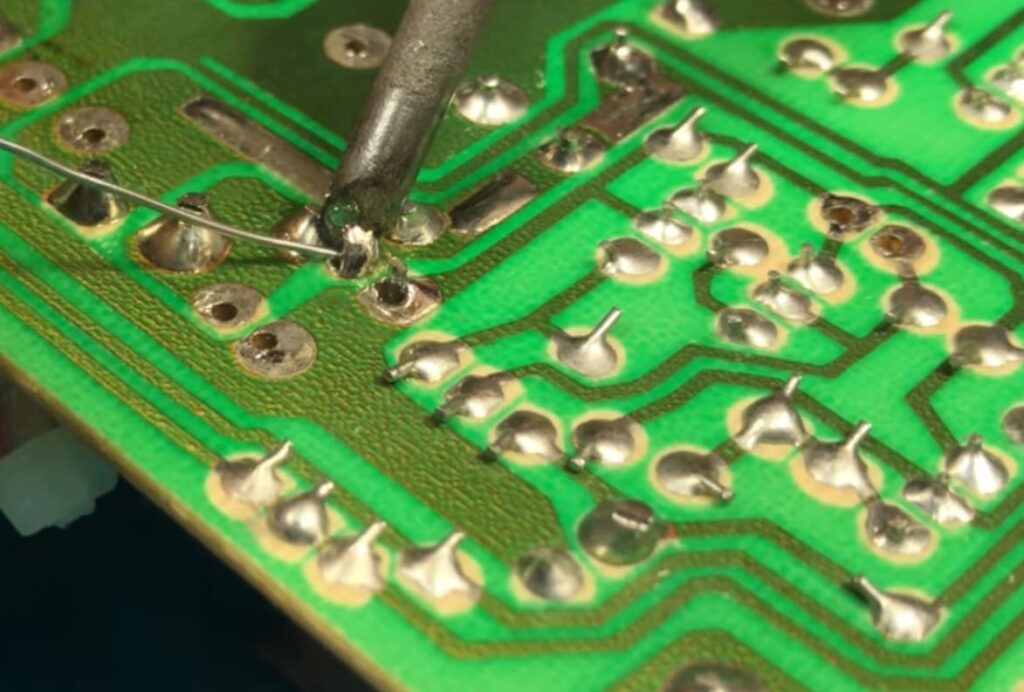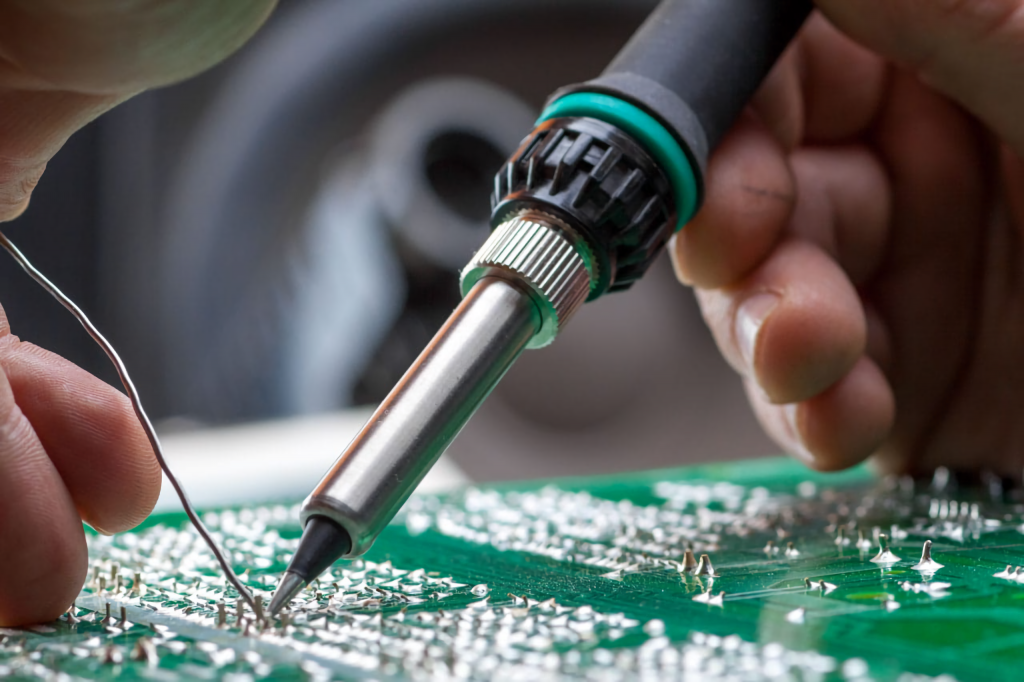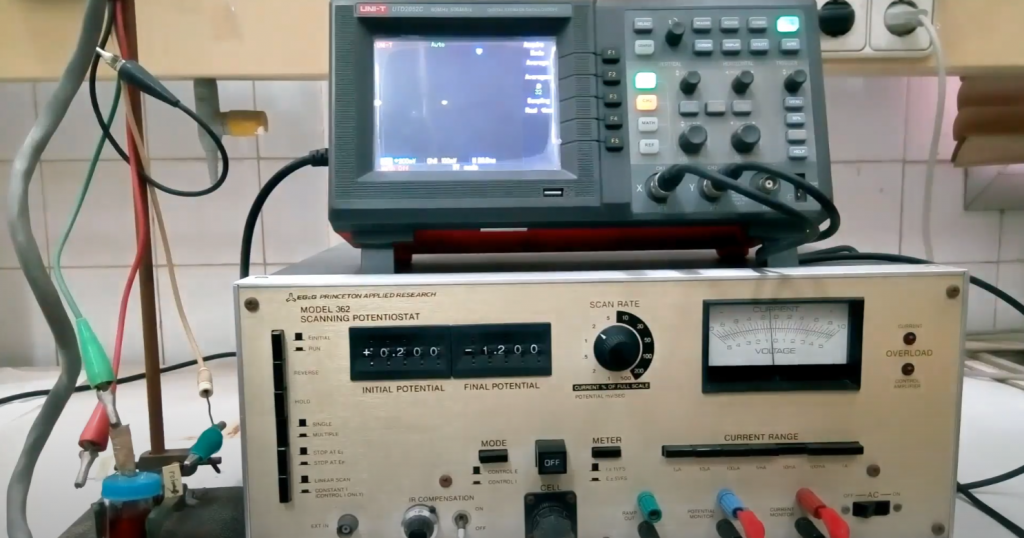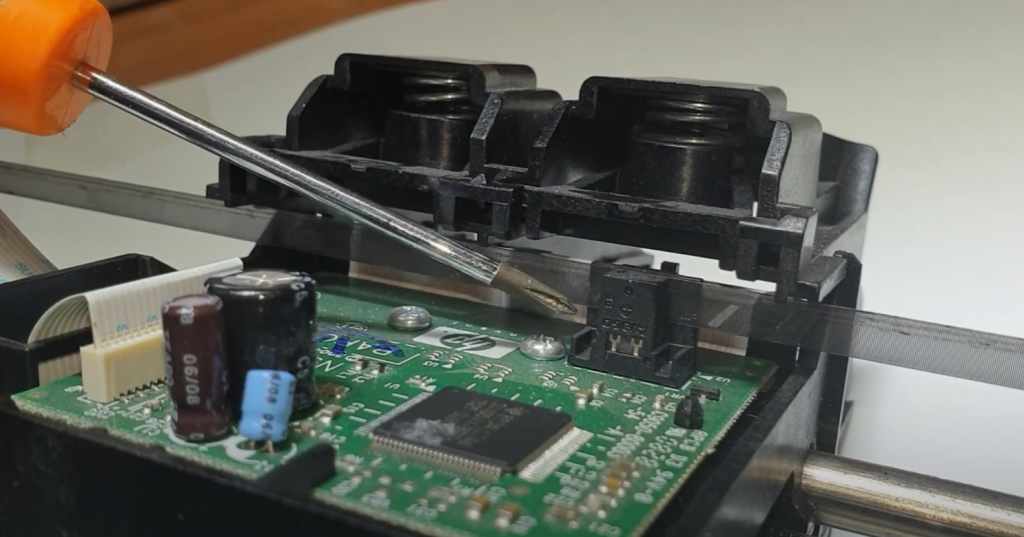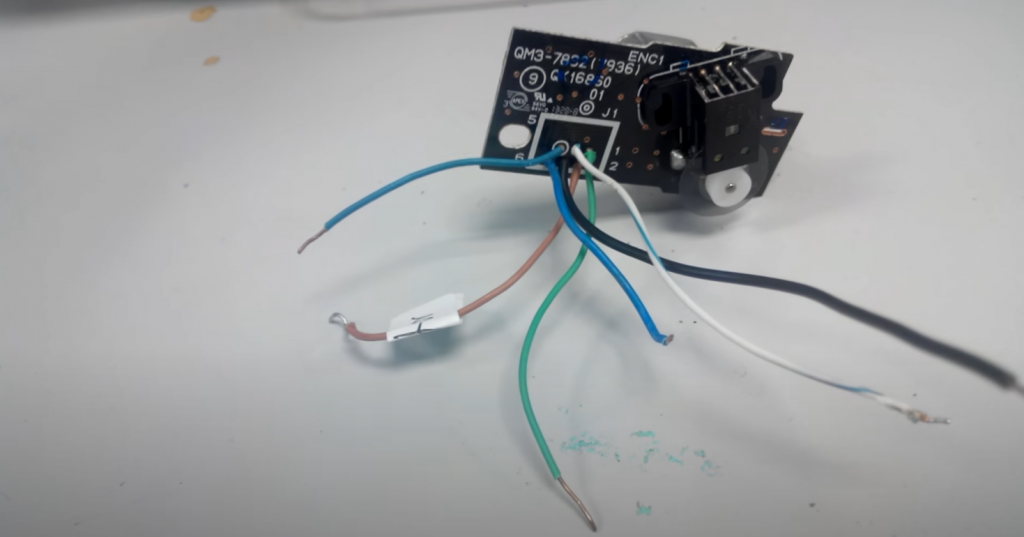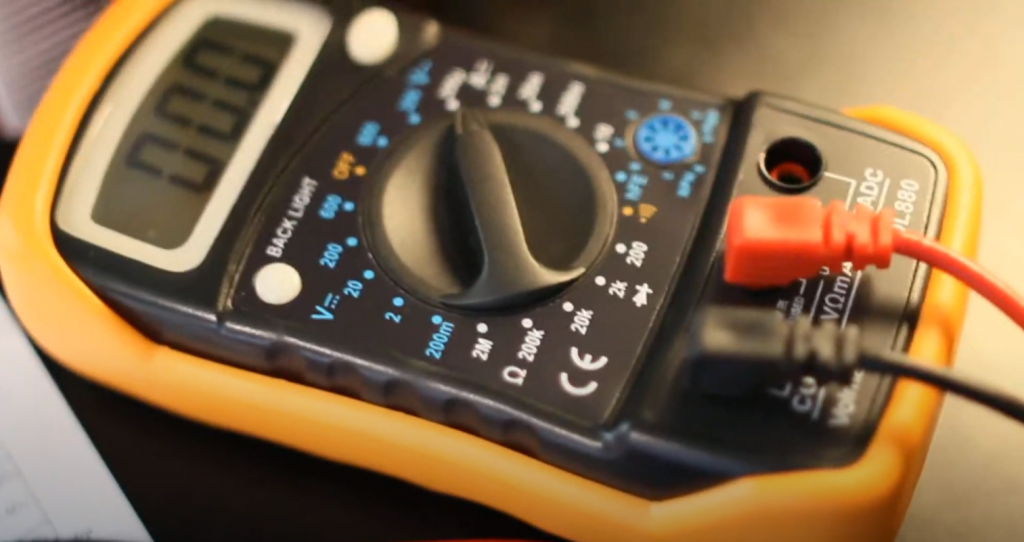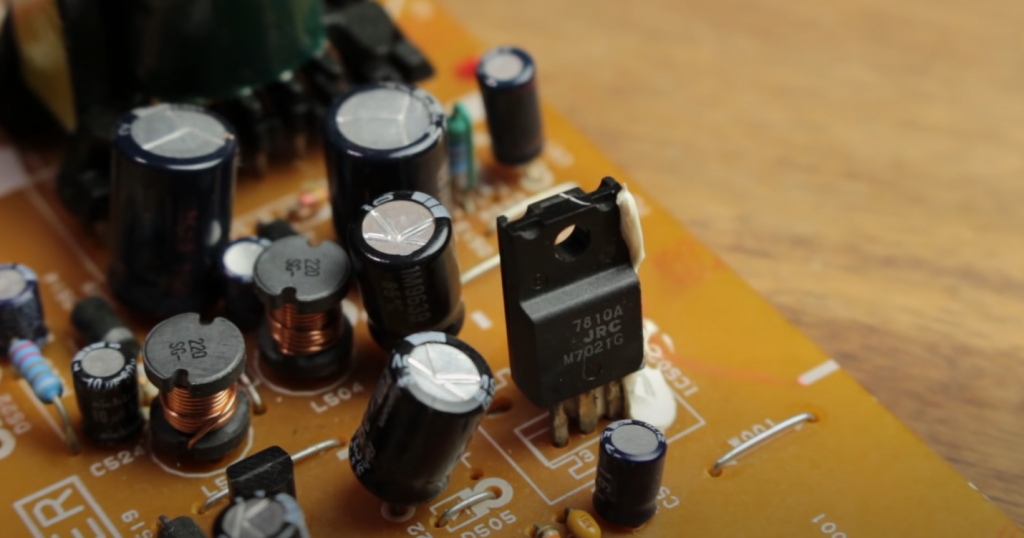Soldering is a crucial process in electronics assembly and repair. But what happens when you open up that old roll of solder wire and find it’s a bit crusty? Does solder expire? The short answer is yes, solder does have a shelf life. While pure metals like tin and lead don’t technically pass, solder’s flux core and alloying elements can degrade over time. An old roll of solder may still melt, but it can cause cold joints, poor electrical connections, and other issues. So before you fire up your soldering iron for your next project, it’s worth examining if that solder is still up to par. Let’s take a closer look at what factors impact solder shelf life.
Summarized Insights
Solder is a metal alloy typically made of tin and lead commonly used for joining electronic components and wires. The main question around solder is: does it have an expiration date? The answer is yes – solder does expire eventually. This is because the flux core in the center of the solder, which helps the solder flow and makes strong joints, can break down over time. Old solder may appear crusty or chalky. Using expired solder can lead to poor electrical connections and failures. So check the date codes on the solder and replace any over a year or two old. Keep your solder fresh for reliable, long-lasting solder joints.
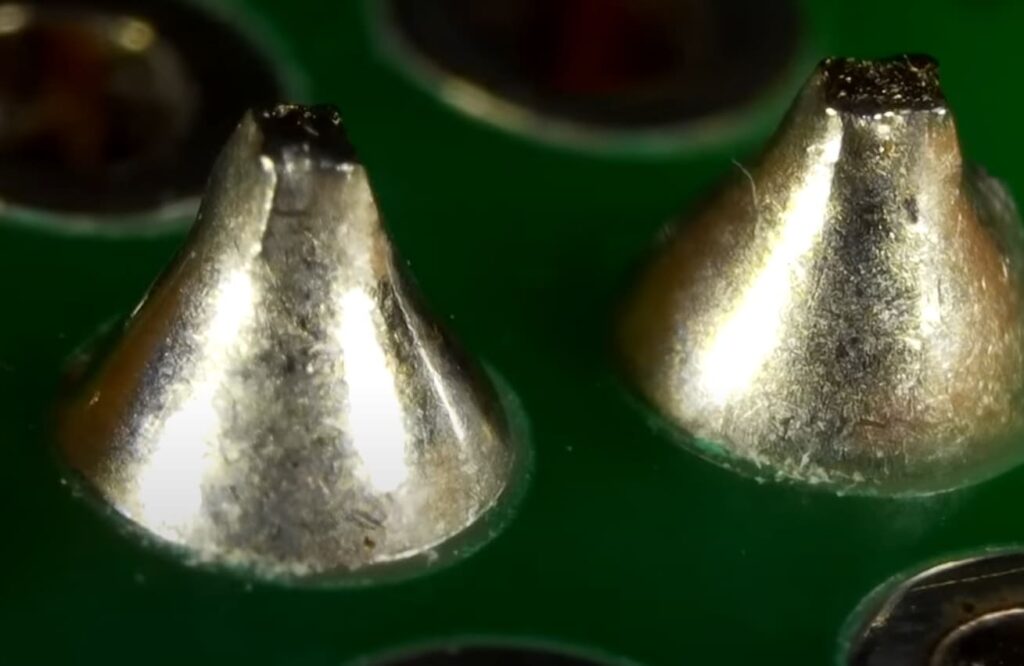
Does Solder Expire?
Solder is a metal alloy commonly used to join electronic components and wires. But does this material have an indefinite shelf life?
Types of Solder
There are a few main categories of solder used in electronics:
- Lead solder – The traditional solder contains 37% lead and 63% tin. Provides good joint strength and electrical conductivity.
- Lead-free solder – Modern lead-free solders remove the lead and rely on metals like tin, copper, silver, or bismuth. Reduces environmental and health concerns.
- Flux-core solder – The most common type, with a hollow center filled with flux, which promotes solder flow. Change is essential for proper joint formation.
- Solid core solder – Uncommon type without flux in the core. Requires manually applying external change during soldering.
- Wire solder – Available in different diameter wires for varied applications. Thicker solder wire contains more flux internally.
Does Solder Expire?
Now, onto the main question – does solder expire and have a shelf life? The answer is yes; solder can expire and degrade over time. The metals remain stable, but the flux core can break down with age. As flux ages, it crystallizes and separates from the solder, becoming less effective at flowing and joining.
Using old, expired solder can result in:
- Poor wetting of surfaces during soldering
- Weak cold joints that are brittle or fail intermittently
- Unreliable electrical connections and increased resistance
- Overheating and potential damage
So solder goes terribly, highlighting the need to use fresh solder within its shelf life.
Shelf Life Factors
Several vital factors impact how long solder remains usable before expiring:
- Flux core design – More active, aggressive fluxes pass faster than milder rosin fluxes.
- Lead content – Leaded solder often lasts longer than lead-free alternatives.
- Diameter – Thicker solder wire has more internal change and expires faster.
- Storage conditions – Heat, humidity, and exposure to air accelerate solder degradation.
- Age and use – Even with proper storage, solder will expire after 1-3 years.
Proper handling and rotation of solder inventory is crucial to maximize shelf life. Always use the oldest solder first and monitor quality over time.
Signs of Expired Solder
When doing electronics work, it is critical to identify expired, degraded solder to avoid potential joint failures. But what are the signs that the solder has gone bad?
Although solder can go bad unseen, there are typically visible indicators that solder has expired:
- Discoloration – Solder may turn a dark, dull color or develop a chalky oxidized surface coating.
- Crystallization – The solder contains gritty, crystalline deposits when grasped.
- Flux separation – The inner flux core visibly pulls away from the metal wire.
- Stiffness – Aged solder loses flexibility and feels rigid or brittle.
- Chalky flux – Old flux leaves a crusty, whitish residue on the solder.
- Oxidation – Powdery green oxidation builds up on the metal over time.
Expired solder often requires higher melting temperatures as the degraded flux has reduced thermal effectiveness. Testing a small sample of questionable solder can confirm if it melts properly.
Pay attention during soldering as well:
- Poor wetting of surfaces indicates inactive flux.
- Weak joints may shear off with little pressure.
- Solder balls can form with excess heating of aged change.
- Discolored joints that appear grainy or crystalline.
Effects of Using Expired Solder
Using solder past its expiration carries significant performance and reliability risks:
- Intermittent connections from cold cracked joints.
- Increased resistance across junctions, causing heat buildup.
- Short circuits due to solder spatter or arcing.
- Corrosion over time as joints are compromised.
- Fails testing or quality checks due to low joint strength.
- Component damage from overheating expired solder.
- Premature field failures mean costly repairs and downtime.
For critical electronics work, expired solders should always be avoided.
Proper storage, rotation, and monitoring of solder inventories reduce the chances of using degraded solder in manufacturing or repair work. Electronics assemblers should be trained to recognize and quarantine any expired solder stocks.
Keeping solder fresh gives the flux, metals, and alloy sufficient integrity to make lasting, reliable joints as intended. When in doubt about your solder’s condition, it is cheap solder insurance to replace it.
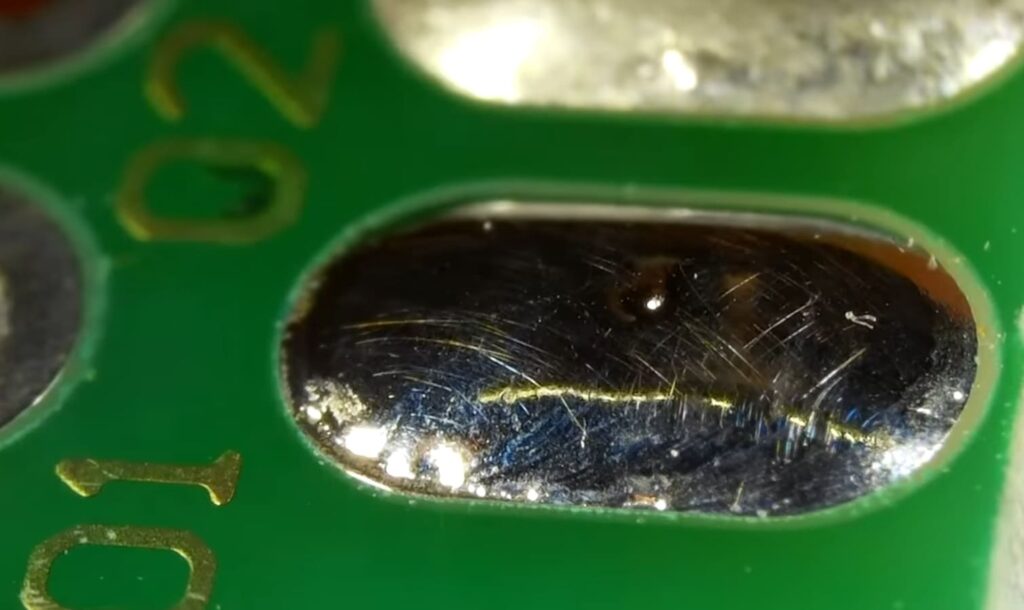
Proper Storage of Solder
To maximize the shelf life of solder, proper storage is crucial. Storing solder correctly preserves solder joint integrity and performance for as long as possible.
Importance of Proper Solder Storage
Ideal storage is critical because solder will expire faster when mishandled. Heat, air exposure, and humidity all accelerate flux degradation inside solder. Storing solder in uncontrolled conditions causes it to go bad prematurely.
The results of improper solder storage include:
- Shortened shelf life – Solder expires faster than the 1-3 year expectancy.
- Inferior soldering – Expired solder can’t wet and flow metals properly.
- Unreliable joints – Weak, intermittent connections from degraded flux.
- Wasted solder – Oxidation and drying makes solder unusable.
- Increased costs – Constantly replacing expired solder.
Proper storage mitigates these downsides and lets solder last.
Tips for Storing Solder
Here are the best practices for storing solder correctly:
- Leave in packaging – Keep solder sealed in original airtight packaging.
- Control temperature – Moderate room temperature is ideal. Avoid heat exposure.
- Low humidity – A dry environment prevents flux moisture absorption.
- No sunlight – Ultraviolet light accelerates solder degradation.
- Organized rotation – Use the oldest solder first and restock as needed.
- Limited air exposure – Seal opened solder packs thoroughly between uses.
- Clean storage area – Contamination can degrade solder.
- Monitor stock – Watch for expiration signs like oxidation and stiffness.
- Avoid excess – Buy solder as needed to prevent stockpiling.
Proper solder storage and rotation help optimize available shelf life. Electronics assemblers should be trained on correct storage protocols. Careful solder handling reduces waste from expired solder and helps ensure soldering quality.
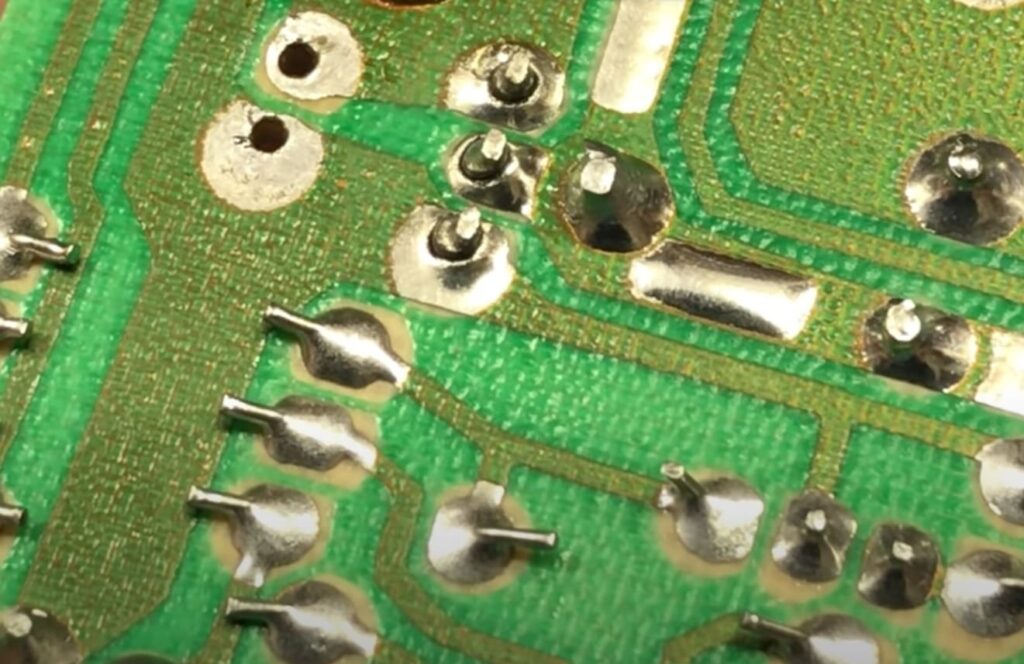
FAQ
Does solder expire faster in high-heat environments?
Exposure to high heat will accelerate the expiration of solder. The flux core is sensitive to heat damage. When solder is stored or used in hot environments, the heat dries out and rapidly breaks down the flux. Even brief heat exposure during soldering can degrade flux over repeated cycles. Solders left in consistently hot conditions can expire in months rather than years. Proper storage in moderate temperatures prolongs shelf life.
How can you rejuvenate or restore expired solder?
There is no reliable way to rejuvenate or restore the flux core of expired solder. Attempting to re-melt old solder or add new flux will not reverse the degradation that has already occurred. The best option is to replace any solder once it reaches 1-2 years old or shows signs of aging. Saving money on solder is not worth the headaches of cold joints and electrical issues down the road. Use fresh solder only.
Does lead-free solder expire faster than leaded solder?
Lead-free solder generally has a slightly shorter shelf life compared to leaded solder. Lead-free solder often contains more aggressive flux formulations to facilitate the flow of tin-based metals. These flux blends tend to degrade faster with exposure to air and moisture. Lead-free solder is best used within 6-12 months for maximum effectiveness. In comparison, quality leaded solder can last 1-3 years before expiring.
How can you prolong the life of solder?
Proper storage is critical to maximizing solder shelf life. Keep solder sealed in its original packaging until use—store solder in an excellent, dry location away from heat, moisture, and direct sunlight. Avoid temperature extremes. Allow the solder to come to room temperature before use. Limit the solder’s exposure to air during soldering. Use older stock first, and don’t overload on solder that may expire before you need it. With care, solder can retain optimal performance for months or years past its date code.
Related Video: Soldering How To Part 2 – Solder Shelf Life. The Myths and Answers
Final Thoughts
In summary, solder does have a shelf life and will eventually expire. While the metals in solder remain stable, the flux core is susceptible to degradation over time. Flux becomes less effective at facilitating solder flow and junction-making as flux ages. Old, expired solder can result in weak, cold joints, poor electrical connectivity, and reduced reliability. To avoid these issues, check solder for signs of aging like discoloration, crystallization, and loss of flexibility. Also, look for date codes and aim to use up solder stock within 1-2 years. Proper storage can prolong life. In electronics work, when you doubt your solder, it’s best to replace it and keep a fresh supply on hand. Using non-expired solder is a simple way to safeguard the quality of your connections.

